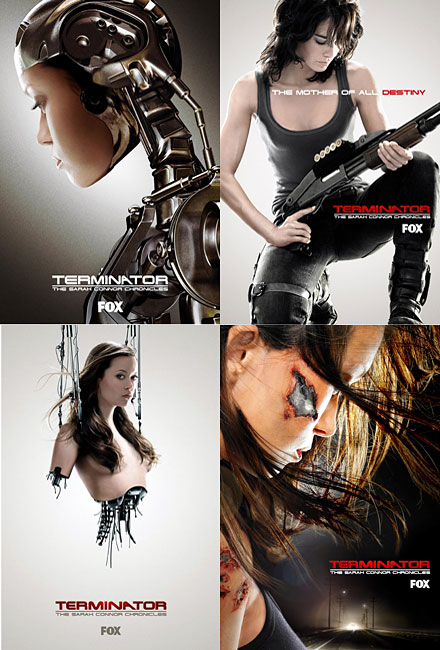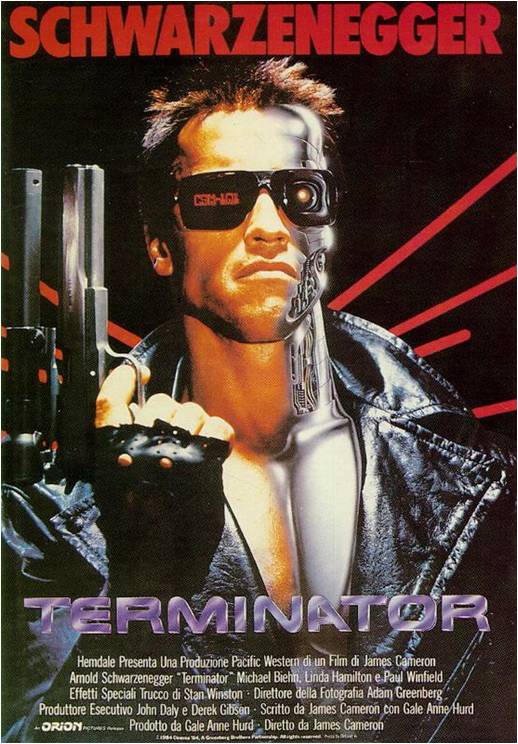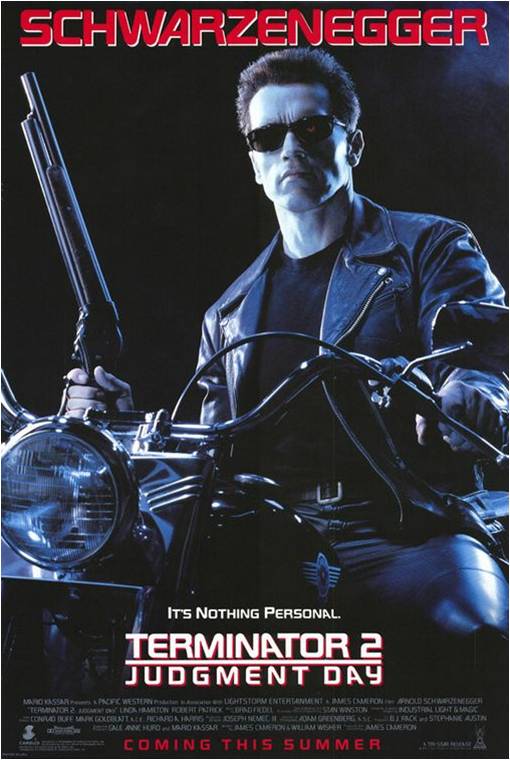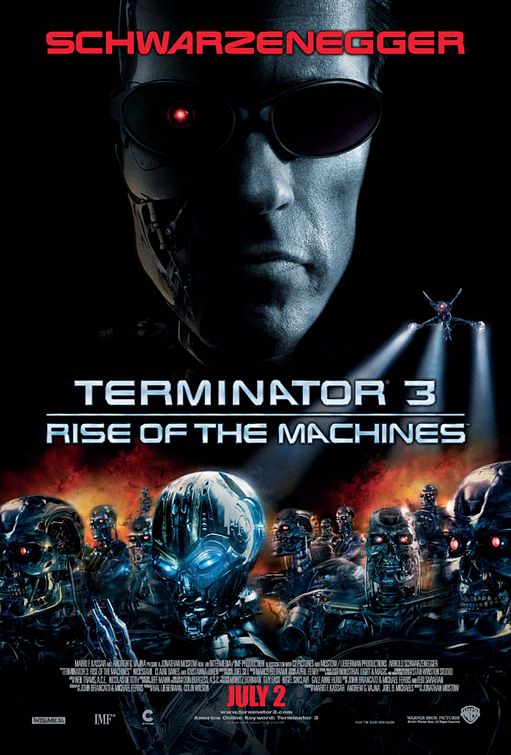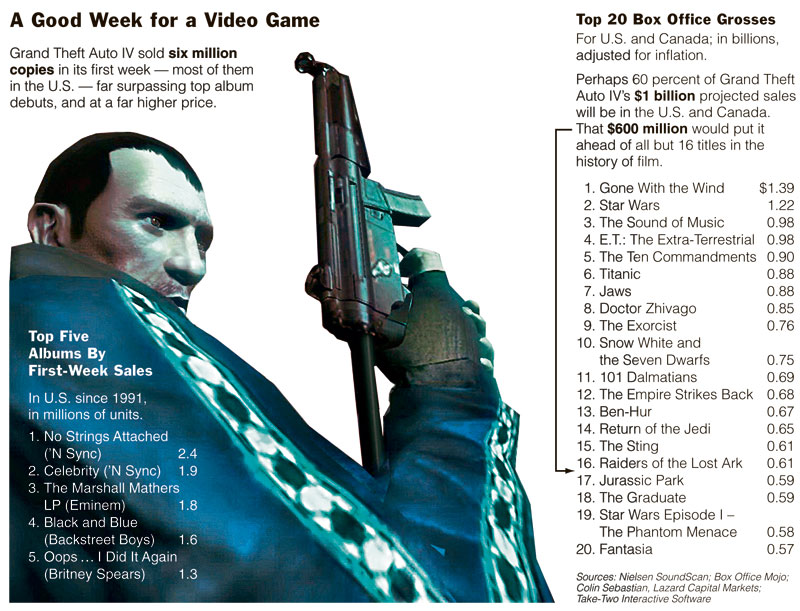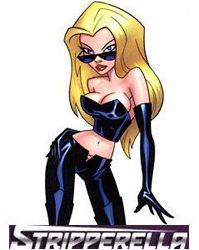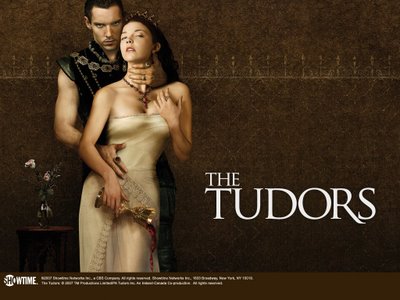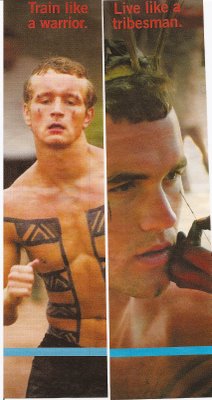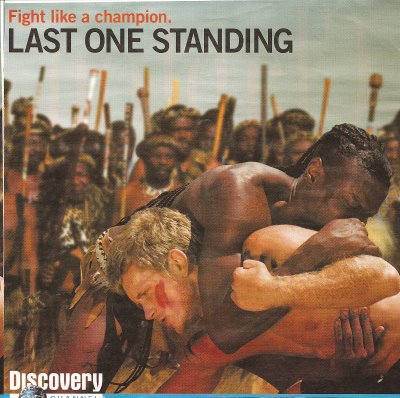
Pleasant Company started off with three American Girl dolls in 1986. Kirsten was from 1854, Samantha from 1904 and Mollie from 1944. The dolls came with scads of historically accurate and really expensive accessories, as well as mediocrely written stories in which they demonstrated how caring, assertive and morally sound they were. The Pleasant Company line soon exploded in popularity, resulting in its inevitable buyout by Mattel and the current proliferation of American Girls in all colors from all time periods.
Now a “premier lifestyle brand” containing books, magazines, movies [including the recent Kitt Kittredge: An American Girl], toys and clothing, American Girl the media machine markets not only products, but a host of problematic assumptions about race, class and gender. [See screencap above for expensive fun available at the New York City location of American Girl Place.] Not only were the first wave of American Girl dolls all Caucasian characters, but the entire American Girl enterprise promotes conspicuous consumption and an aspiration to upper bourgeois “gentility” composed of salon care for your doll and $33-a-head tea parties.
In an informal discussion on Slate about American Girls, commenter Nina made the following astute observation:
I like the idea of teaching kids that quality and craftsmanship matter and that investing in special items can be OK. But it doesn’t just stop at the dolls—there’s the outfits, and the furniture, and the tea parties. And that makes me a little uncomfortable. It feels too much like a patina of morality masks conspicuous consumption. It’s the kind of rationalization that makes it seem OK to spend thousands of dollars on, say, a mint-condition Eames chair.
If you have the time for an extended radio episode, you may be interested in the segment that This American Life did about the American Girl Places. [If you follow the link, you can stream this episode through your Internet connection for free.]



